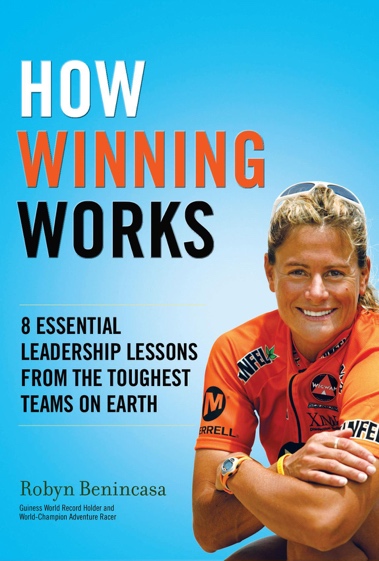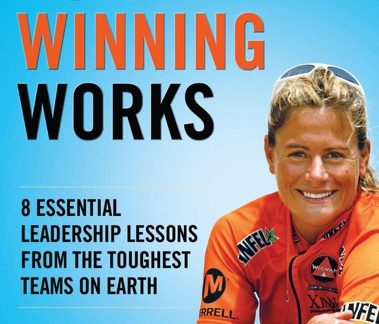
Successful IT leaders look for ways to grow their team into a powerhouse of transformation. And inspiration for successful approaches to this can come from many places—including the world of sports.
I personally was inspired by Robyn Benincasa’s book “How Winning Works.” Robyn is a former world champion adventure racer (think jungles of Borneo, peaks of Tibet, deserts of Namibia.)
Robyn shares a game-winning outline of winning practices in her book. And the following three practices from her book map immediately resonated with me, based on my own IT leadership experiences. I see these as essential keys for success in today’s digitally accelerated and massively disruptive IT and business world.
-
- Total Commitment – As Robyn states: “Commitment doesn’t start at the beginning” when the vision or project or initiative launches, “Commitment starts when the fun stops.” We’ve all experienced the “implementation dip”: high energy and action at the start, with quickly fading focus as the reality of realizing the goal sets in. So many valuable – even critical – IT initiatives fail at this point. As Howard Schultz of Starbucks said: “Everyone starts strong. Success comes to those with unwavering commitment to be at the end.”
- “We” Thinking – Robyn again: “On high performance teams, everyone accepts complete responsibility for the group’s successes and failures.” Especially now, in today’s high-speed, interconnected IT world, what each of us does impacts the rest of the team. Building a culture of “we” creates the ability to execute toward the results needed as a fully committed team – with dramatic results. The best IT teams in organizations across all industries are focusing on “we”. They’re rapidly shifting to a collaborative, non-siloed, creative culture model. Integrated teams with diverse experience and broad-spectrum knowledge are successfully crafting answers to the challenges of today’s business world. They intentionally design a tech-neutral framework that can deliver the result, or “system” that can deliver the outcome required, and THEN they make decisions about what technologies are best suited to deliver that result. “It’s amazing what can be accomplished when nobody cares who gets the credit.” – Unknown
- Ownership of the Mission – “People who are inspired by a project will own it. They will have an entrepreneurial drive associated with the goal that can’t be bought with money. And they will wring themselves out to make it happen. A leader’s dream team.” Robyn’s quoted text aligns with my experience in assembling superior teams. Share a clear, compelling vision of possibility that needs to be fleshed-out, developed, and fine-tuned by those you’re talking with. Then invite them to take ownership of what you’ve shared and go further with “what if… and why not”? Those who are inspired and dive in are more likely to engage and stay committed. These are the volunteer owners of the mission, and your A-team on that initiative. These new mission owners are then invited to come up with a plan to accomplish the mission, and the core team is on its way. Any team that is drafted by managers and assigned to execute on a plan they didn’t help create is already starting from a point of concern and resistance. Avoid it.
“To promote cooperation and teamwork, remember: People tend to resist that which is forced upon them. People tend to support that which they help create.” – Vince Pfaff
So, what does this mean for you, and what is your best, next step?
To arrange a no-cost, one-day workshop on Building High-Performance IT Teams, reach out to VMware’s Advisory Transformation Services team. Heman Smith is the lead Strategist for the team’s High-Performance IT Teams offerings. You can reach him at: [email protected], or call him direct at 801-831-2898.




